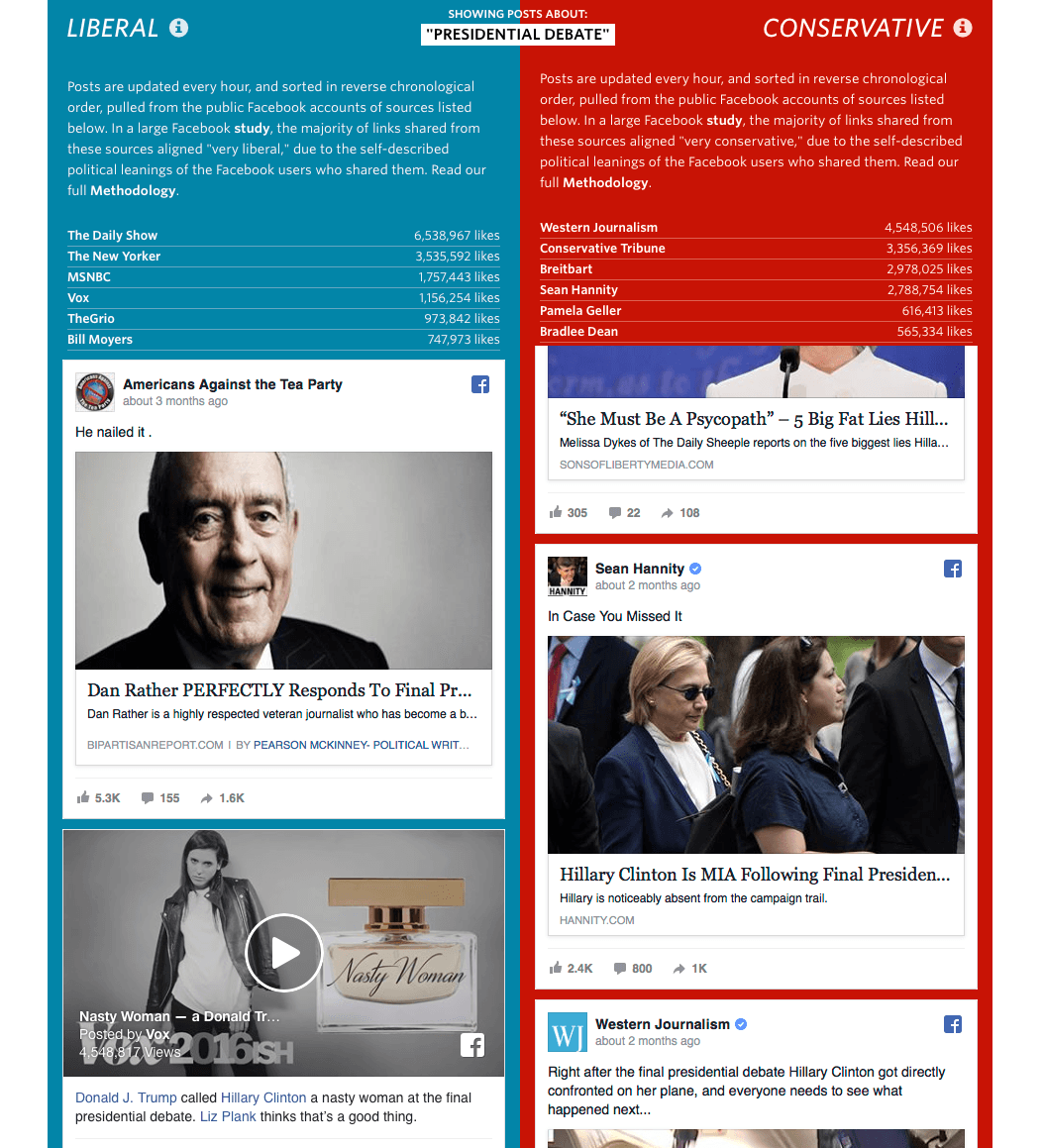When Does Message Personalization and Segmentation Become a Trap?
Published on January 12, 2017/Last edited on January 12, 2017/5 min read


Team Braze
As it becomes harder to reach and engage customers in today’s distraction-filled world, more and more marketers are turning to personalization to cut through the haze. The conversation around personalization tends to focus on how marketers can get closer to their customers, understand their needs and wants, and then find ways to meet them. Which makes sense—that’s always been the goal for marketers.
Relationship marketing, as we’ve said before, is going to be a big part of marketing’s future. It’s more about the relationship, now, than it is about the product (or service). It’s more about an ongoing engagement than a single sale. It’s about knowing your customers as deeply as possible, in order to meet them where they’re at, to reach them with messages at the moment in their day when they’ll be most likely to respond.
Technology provides us with more insight into the customer’s world than ever before, and enables marketers to customize, segment, and personalize to a degree that would have seemed impossible less than a generation ago. That’s powerful, and it’s made it possible for brands to interact with millions of customers all over the world in an intimate, responsive way.
But is it possible to go too far when it comes to personalization? To use individualized advertising so consistently that it becomes over-personalization or over-segmentation, hurting customers’ organic discovery?
How social media can distort perceptions: the wind tunnel effect
This year’s election may shed some interesting light on the the potential issues that over-personalization can lead to for marketers. Social media, and Facebook in particular, has had an undeniable impact on global political conversations. The Wall Street Journal took a look at the role social media played in the outcome of the 2016 election and created a fascinating (and worrying) side-by-side look at what a “very liberal” news feed might look like, as compared to a “very conservative” news feed. It’s clear, to look at the comparisons, how our own ideas and opinions can become echo chambers in which we swirl, endlessly. Facebook’s algorithm has a way of affirming our own beliefs and our own realities.

The Wall Street Journal’s Facebook feed simulator (Source: Wall Street Journal)
Marketers do something similar when we feed highly targeted content and messaging to customers using segmentation and personalization, creating the potential for our outreach to mimic this same self-fulfilling pattern. If we’re constantly funneling like to like, where’s the opportunity for good old fashioned horizon-broadening?
How our marketing can become an echo chamber, too
Say your brand has a segment of customers who have bought floor lamps from you. By targeting them with effective, personalized push notifications and other promotional messaging, you can significantly increase the odds that they buy additional lamps in the future. But if you fixate too completely on what you know about customers based on their past behavior, you may be creating echo chambers for members of your audience.
Sure, you could send them outreach about floor lamps, but what about chandeliers? Or other related items like end tables and desk accessories? Surely one person can like all of these things, and be a potential customer for all of them at the same time.
This example is oversimplified, of course, but it’s worth pondering the tension between wanting to give customers ultra-personalized experiences (and seeing increased sales and conversions when you do) and wanting to keep the door open to the other things your customers might like or want—or might not even know they want! But how do we expose our customers to ideas and concepts (or products and services) that might be dissimilar without wasting the few precious moments when we actually have their attention?
Some possible solutions
To keep your customers’ options for discovery open, alive, and well, consider mixing things up. Right now, the trend seems to be creating infinitesimally smaller segments. In these tiny groups, we try to hit the nail on the head of our customer’s uniqueness, in order to deliver an exactly correct, almost clairvoyant message.
One possible solution to the wind tunnel effect could be to broaden our segments. In this way, the message doesn’t exactly change, but more people receive the message at once, and have the opportunity to find commonalities. Alternately, consider mixing your highly-targeted campaigns with more general messages highlighting new products or services or educating customers about features that you’ve introduced to your app or website. If you’re taking a multichannel approach for your messaging, you could use more immediate channels like push or email to drive conversions, while leveraging in-app messages or News Feed Cards to nudge your customers to explore your brand and its possibilities more widely.
Ultimately, a great customer/brand relationship isn’t going to come from sending customers a barrage of highly-targeted promotional campaigns; it’ll grow out of understanding what your audience really needs. And sometimes what they need is something a little different.
Be Absolutely Engaging.™
Sign up for regular updates from Braze.
Related Content
View the Blog
The new inbox reality: How iOS changes are reshaping email marketing

Aparna Prasad

Experience optimization: Turning data insights into better journeys

Team Braze

December 2025 Bonfire Marketer of the Month: Jagex’s Emma Oliver
